Home /
Pacing nomenclature, Pacemaker codes and modes, NBG code

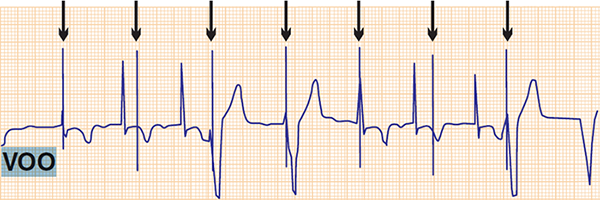
Asynchronous Ventricular Pacing (VOO)
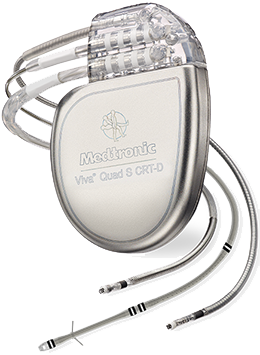
| Posi- tion | I | II | III | IV | V |
| Cham- ber(s) Paced |
Cham- ber(s) Sensed |
Response to Sensing |
Rate Modula- tion |
Multisite Pacing |
|
| O = Off | O = Off | O = Off | O = Off | O = Off | |
| A = Atrium | A = Atrium | T = Triggered | R = Rate Modula- tion |
A = Atrium | |
| V = Ventricle | V = Ventricle | I = Inhibited | V = Ventricle | ||
| D = Dual (A+V) | D = Dual (A+V) | D = Dual (T+I) | D = Dual (A+V) |
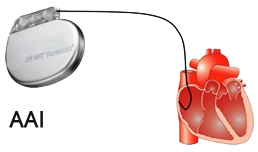
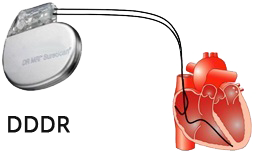
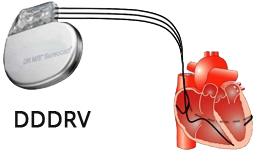
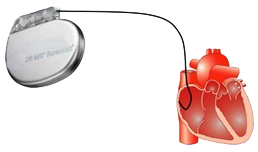

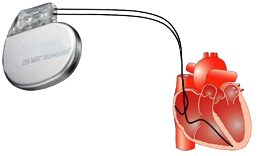
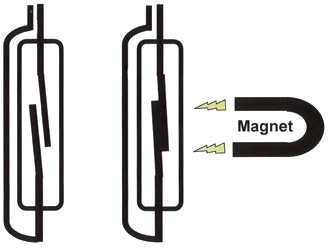
Sources
Home /
Pacing nomenclature, Pacemaker codes and modes, NBG code
Pacemaker
|

|

Asynchronous Ventricular Pacing (VOO)
Nomenclature (NBG Codes)
|

|
| Position | I | II | III | IV | V |
| Chamber(s) Paced |
Chamber(s) Sensed |
Response to Sensing |
Rate Modulation |
Multisite Pacing |
|
| O = Off | O = Off | O = Off | O = Off | O = Off | |
| A = Atrium | A = Atrium | T = Triggered | R = Rate Modulation |
A = Atrium | |
| V = Ventricle | V = Ventricle | I = Inhibited | V = Ventricle | ||
| D = Dual (A+V) | D = Dual (A+V) | D = Dual (T+I) | D = Dual (A+V) |

|

|
 |
|
Single-Chamber Pacemaker Modes
|
 
|
Dual-Chamber Pacemaker Modes
|

|
Magnet and Pacemaker
|

|
Sources